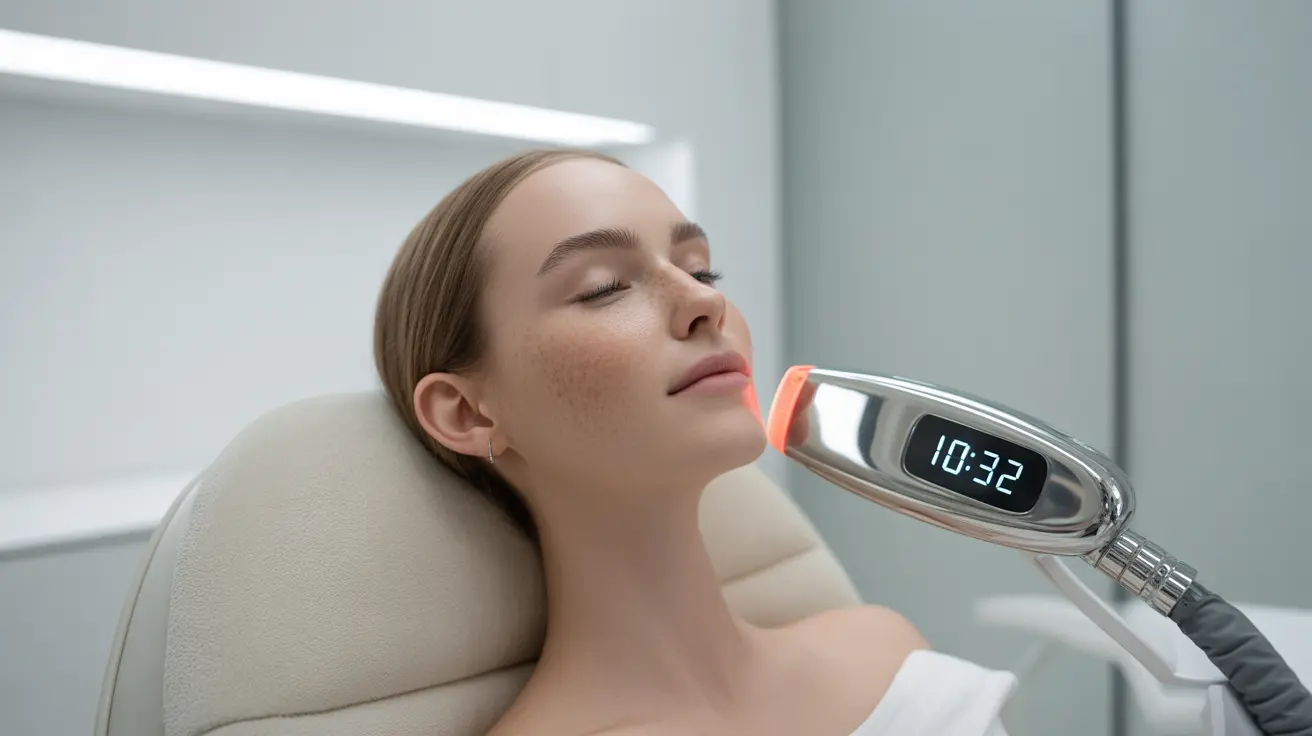Thoracolumbar scoliosis is a complex spinal condition that affects both the thoracic (upper) and lumbar (lower) regions of the spine, causing an abnormal sideways curvature. This condition can develop during childhood or adolescence and may continue to impact individuals throughout their adult lives, making early detection and proper management crucial for optimal outcomes.
Understanding thoracolumbar scoliosis is essential for both patients and caregivers, as it helps inform treatment decisions and lifestyle modifications that can significantly improve quality of life. This guide explores the key aspects of the condition, from symptoms and diagnosis to treatment options and long-term management strategies.
Understanding Thoracolumbar Scoliosis
Thoracolumbar scoliosis specifically affects the area where the thoracic spine transitions into the lumbar spine, creating a curve that can affect both regions. This type of scoliosis can vary in severity and may present differently in each individual, making personalized assessment and treatment crucial.
Signs and Symptoms
Common indicators of thoracolumbar scoliosis include:
- Uneven shoulders or hips
- Visible spine curvature
- Asymmetrical waistline
- One shoulder blade more prominent than the other
- Changes in posture
- Back pain (more common in adults)
These symptoms may develop gradually and can become more noticeable during growth spurts in adolescents.
Diagnosis and Assessment
Healthcare providers use several methods to diagnose thoracolumbar scoliosis:
- Physical examination
- Adams forward bend test
- X-rays to measure curve angle (Cobb angle)
- MRI or CT scans in specific cases
Treatment Approaches
Conservative Management
For mild to moderate curves, non-surgical treatments may include:
- Observation and monitoring
- Physical therapy
- Specific exercises
- Bracing (particularly in growing children)
Surgical Intervention
Surgery might be recommended when:
- The curve exceeds 45-50 degrees
- Conservative treatments have failed
- The condition is causing significant pain or affecting daily activities
- There's risk of progression
Prevention and Lifestyle Management
While thoracolumbar scoliosis cannot always be prevented, certain measures can help manage the condition:
- Regular exercise and core strengthening
- Maintaining good posture
- Weight management
- Regular medical monitoring
- Following prescribed treatment plans
Long-term Outlook and Complications
The prognosis for thoracolumbar scoliosis varies depending on several factors:
- Age at diagnosis
- Curve severity
- Treatment compliance
- Overall health status
Frequently Asked Questions
What are the typical symptoms of thoracolumbar scoliosis and how is it diagnosed?
Thoracolumbar scoliosis typically presents with uneven shoulders, asymmetrical waistline, and visible spine curvature. Diagnosis involves physical examination, the Adams forward bend test, and imaging studies such as X-rays to measure the Cobb angle.
How is thoracolumbar scoliosis treated, and what are the options for managing the condition?
Treatment options range from conservative approaches like observation, physical therapy, and bracing to surgical intervention for severe cases. The choice of treatment depends on factors such as curve severity, age, and growth status.
Can thoracolumbar scoliosis be prevented, and what lifestyle changes can help manage its progression?
While not entirely preventable, maintaining good posture, regular exercise, core strengthening, and early intervention when curves are detected can help manage progression. Regular medical monitoring is essential for optimal outcomes.
What are the potential complications of untreated thoracolumbar scoliosis, especially in children and adolescents?
Untreated thoracolumbar scoliosis can lead to chronic back pain, reduced lung function, decreased mobility, and psychological impacts. In growing children, the risk of curve progression is higher, potentially leading to more severe complications.
How does bracing versus surgery compare for correcting thoracolumbar scoliosis, and which is more effective in different cases?
Bracing is typically effective for curves between 25-40 degrees in growing children, while surgery is usually recommended for curves exceeding 45-50 degrees or when conservative treatment fails. The choice between treatments depends on curve severity, skeletal maturity, and individual patient factors.




